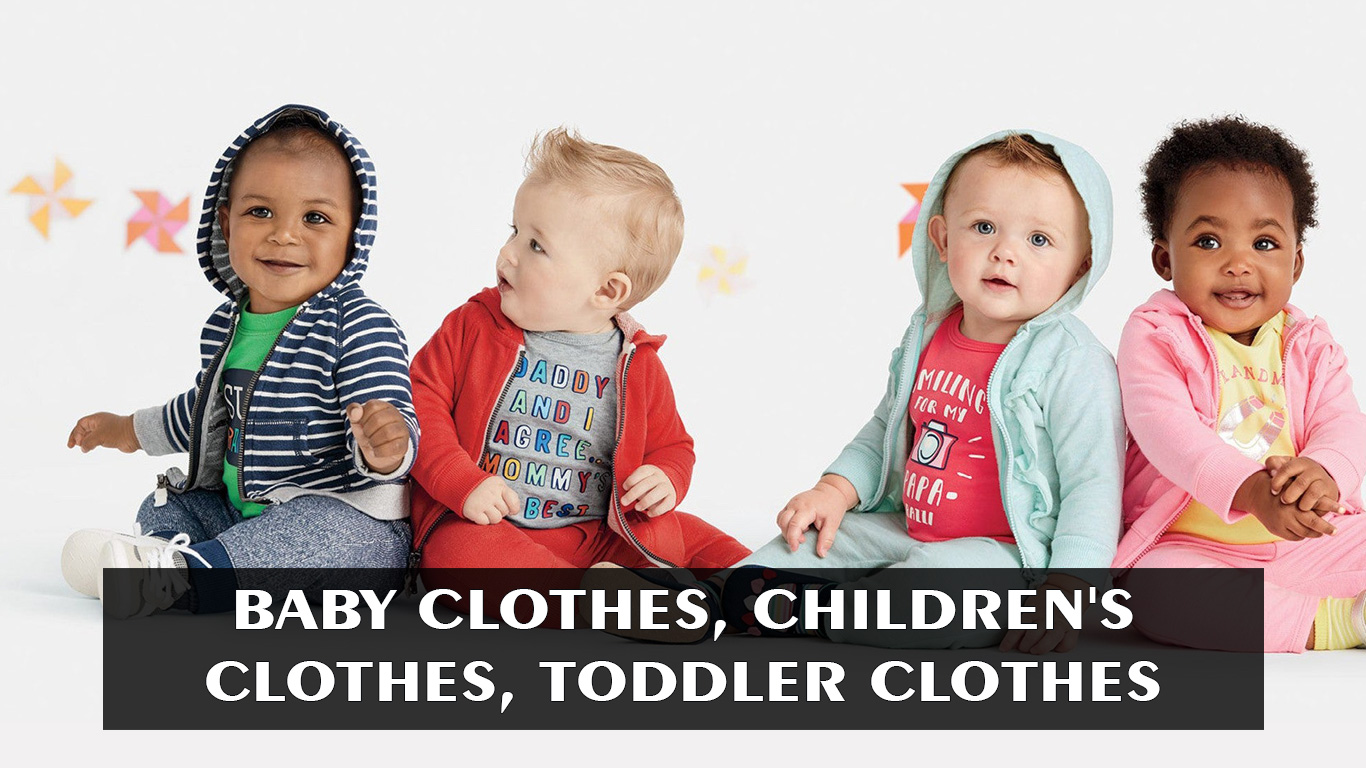More than 1,700 children’s stores have closed in the past year, including some of the biggest names in the business. Babies R Us is gone, as are Gymboree and Crazy 8 stores. The Children’s Place is in the process of shutting 300 stores.
And then there is Carter’s.
The brand has built a multibillion-dollar empire on $5 bodysuits and $8 pajamas, taking in nearly one-quarter of all baby clothes sales in the United States. Revenue has grown for 30 consecutive years, even as the nation’s birthrate has fallen to 30-year lows. And while competitors are filing for bankruptcy, Carter’s is opening stores and expanding into new markets.
Ninety percent of millennial parents — and 80 percent of baby boomer grandparents — have shopped at Carter’s in the past year, according to market research firm Kantar. The company has exclusive lines at Walmart, Target and Amazon, and also sells its clothing at department stores, high-end malls and 1,060 of its own stores and outlets. Analysts say the brand is as popular among low-income shoppers as it is among high earners.
The company lost two of its biggest clients last year when Toys R Us and Bon-Ton filed for bankruptcy and closed 1,100 stores. Together, they accounted for more than $100 million of Carter’s annual sales.
Still, Carter’s accounts for 28 percent of children’s sleepwear sales in the U.S. and 24 percent of clothes sold for newborns to 2-year-olds, according to market research firm NPD Group. The retailer’s sweet spot, analysts say, is children younger than 4, though Carter’s is trying to expand its reach with new lines for preemies weighing less than 5 pounds, and “tweens” up to 14 years old.
The shrinking competition has created new opportunities for Carter’s, which also owns the OshKosh B’gosh and Skip Hop brands. In the coming years, the company plans to open as many as 100 stores in mid-tier malls, where many Gymboree stores had been clustered. Roughly 6 percent of Carter’s stores are now in malls, and executives say they expect that figure to triple in coming years.
Meanwhile, business is brisk: This week the company said profits in its most recent quarter rose 18 percent to $44 million.
The company reported $3.5 billion in sales last year, more than double what it did a decade ago. Its closest competitor, Children’s Place, had $1.9 billion in sales.
“There’s been a lot of change in the market, probably more than I’ve ever seen,” said Brian J. Lynch, the company’s president. “Customers are moving online, but some of our best performing stores are still in malls. In a lot of towns and smaller cities, that’s really where the action is.”
Carter’s owes much of its recent success, analysts say, to a deal it forged with Target in the early 2000s. Instead of selling its existing line in Target stores, executives offered to create a spinoff — Just One You Made by Carter’s. The line includes basics, as well as flashier ensembles like lemon print rompers and dinosaur-covered bathrobes, designed to win over browsing shoppers.
“Target customers tend to shop frequently, so constant newness is important,” said Kendra Baker Krugman, executive vice president of merchandising and design at Carter’s. “We also focus on impulsive must-haves that shoppers just can’t resist.”
An exclusive line for Walmart followed soon after. In 2017, the company created Simple Joys by Carter’s for Amazon Prime to reach more affluent and “digital savvy” millennials. As a result, the retailer’s biggest competitors — Walmart, Target and Amazon — are also its largest customers.
Take, for example, this summer’s chambray bodysuit. Target is selling it with whale-print khakis and suspenders ($21.99). Macy’s has a version with a striped bow tie and pink dinosaur-print chinos ($46). On Amazon, it comes in the form of a checkered romper packaged with a plaid button-down shirt and navy shorts ($19.99).
Each line has its own design team and pricing specifications. While Walmart and Target may sell individual rompers for $6, Amazon tends to sell larger bundles — three sets of pajamas, say, or five bodysuits — for about $20 apiece. Amazon also favors more timeless pieces that can be sold for a year or two, Krugman said, in contrast to other retailers, which tend to mark down and replace items every 12 weeks. (Jeff Bezos, the founder and chief executive of Amazon, owns The Washington Post.)
The company was early to tap the notion that parents want reliable basics at midrange prices. Babies outgrow clothing quickly in the first year, going though dozens, if not hundreds, of items. The average Carter’s item sells for $8.50.
“It’s a onesie, it’s going to get used for a month or two and get stained or grown out of,” Marotta said. “So even if parents can afford to pay a premium, they’re saying, ‘Why not just go with a lower-priced brand that I know is a good deal?’”
Jenny McNeil, a teacher who lives in Upstate New York, buys almost everything for her 10-month-old son at Carter’s. The clothes are well made, she says, and sizing is consistent. Plus, Carter’s has frequent markdowns and a loyalty program that keeps her coming back.
“I have the app and I often price stalk,” she said. “I’ll put clothes I like in my cart and wait until they go on sale.”
When she found out she was pregnant with a girl, Ryan Hargrave went to Carter’s and bought one of each flowered bodysuit she could find.
“I bought so many cute, adorable pieces,” said Hargrave, a patent attorney in Dallas. “But I quickly realized that they were the same cute, adorable pieces every other mom had bought for her daughter.”
By the time her daughter was 2, Hargrave had tired of the brand and sworn off Carter’s for good. Now she has two children and buys basics at Old Navy and Target, and nicer outfits at local boutiques. There are times, though, when she misses the simplicity of shopping at Carter’s.
“At Carter’s you have one mission: Finding cute clothes for your kids,” she said. “When I go to Old Navy, I end up shopping for myself and my husband and my dog.”
Still, she hasn’t been back. And analysts say Carter’s faces an even trickier battle: Getting preteens into its stores. The company now carries up to size 14 as part of its “age up strategy.”
Increasingly, that also means keeping up with fast-changing fashion trends (yes, even for babies). Avocados, llamas and narwhals are in, as are earth tones and neutral colors like white and gray. Executives said there is also growing demand for clothing printed with trucks and dinosaurs for girls, and sequins and cats for boys. Current bestsellers include a mustard-yellow dress for girls and infant’s pants with dinosaur spikes on back.
“We still have our traditional bestsellers — pajamas, bodysuits, cute little print sets with art on the butt — but we are also incredibly responsive to our customers,” Krugman said. “We solve a very broad need in the market.”
Michelle Schmidt, the mother of twin 2-year-old girls, wants clothes-shopping to be as simple as possible. Each season, she goes to Carters.com armed with a shopping list: 10 sets of pajamas, eight pairs of shoes, and at least 20 T-shirts, dresses, pants and shorts. She buys it all in one sitting, and replenishes monthly.
“They have fun designs, and the clothes are durable, soft and affordable,” said Schmidt, 32, who works in customer service for an electric company in Chicago. “I can get everything I need, all in one place.”





